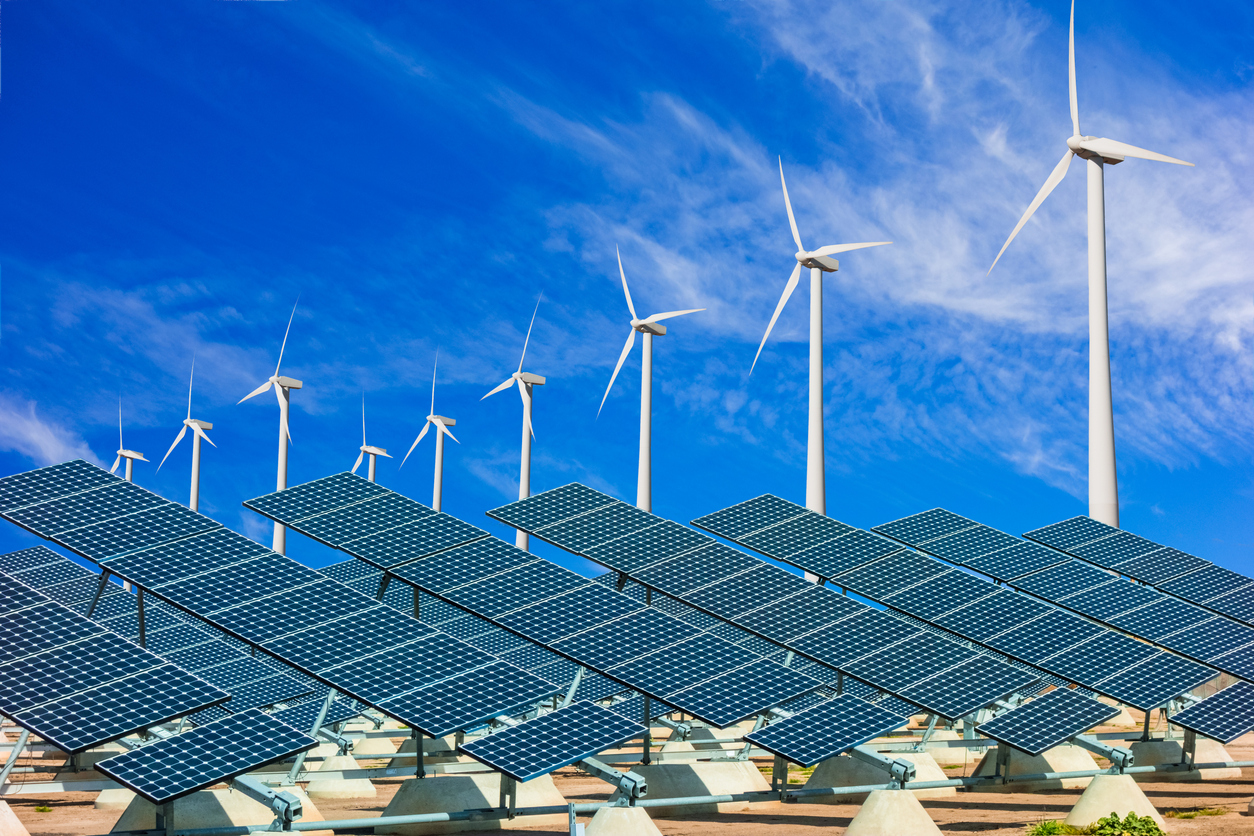Incorporating sustainability strategies into government facilities will directly impact the environment, public health, and future generations. Government facilities are significant contributors to resource consumption and emissions, making their sustainability efforts crucial for mitigating climate change and reducing ecological footprints.
The government also plays a role in promoting sustainable practices by setting an example for the private sector and encouraging responsible resource utilization. Their initiatives not only reduce operational costs but also improve the overall quality of public services and infrastructure, making them leaders in developing sustainability strategies.
Energy Efficiency
Reducing energy consumption in government facilities is essential to lower operational costs, freeing up budgets for other services, and minimizing the environmental impact. Some sustainability practices government facilities should consider incorporating include:
- Lighting Upgrades
Transitioning from traditional lighting to energy-efficient LED fixtures not only lowers energy consumption but also enhances the quality of lighting. - HVAC System Improvements
HVAC system improvements play a pivotal role in optimizing energy usage. Government facilities can benefit from advanced thermostats, regular maintenance, and smart controls to minimize energy waste. - Energy-Efficient Equipment
Replacing old and energy-inefficient equipment with modern, energy-efficient alternatives is a simple way to meet high energy-efficiency standards. Equipment to include office appliances, data center servers, and any other necessary machinery potentially upgrade.

Renewable Energy
Combining renewable energy resources, specifically wind and solar, can generate non-intermittent power. With wind turbines harnessing up to 50% of energy and solar panels 20%, wiring the two systems together can offer many benefits for facilities:
- Reduced Greenhouse Gas Emissions
- Enhanced Energy Security
- Long-term Cost Savings
Even though hybrid solar and wind systems have benefits, they are not widely used among government facilities since the installation requires a significant amount of land.
Water Management
As the water demand grows, water gets extracted, treated, and transported, sometimes long distances to facilities. Recycling water will reduce the amount of energy required to move water longer distances, not only making it a sustainable strategy but also a way to reduce operational costs and lead to significant cost savings.
Water recycling is the process of reclaiming water, treating it, and reusing it. The recycled water gets used for countless beneficial purposes such as agricultural irrigation, toilet flushing, industrial processes, and replenishing a groundwater basin. Reusing water provides alternatives to existing water supplies in facilities and can be used to enhance water security and sustainability.
Conclusion
Government facilities should prioritize sustainability to help reduce environmental impact, lower greenhouse gas emissions, and contribute to global efforts to combat climate change, making government facilities leaders in environmental sustainability. Adopting the discussed sustainable practices will go further and lead to significant cost savings, optimize resource utilization, and stretch budgetary allocations further.












